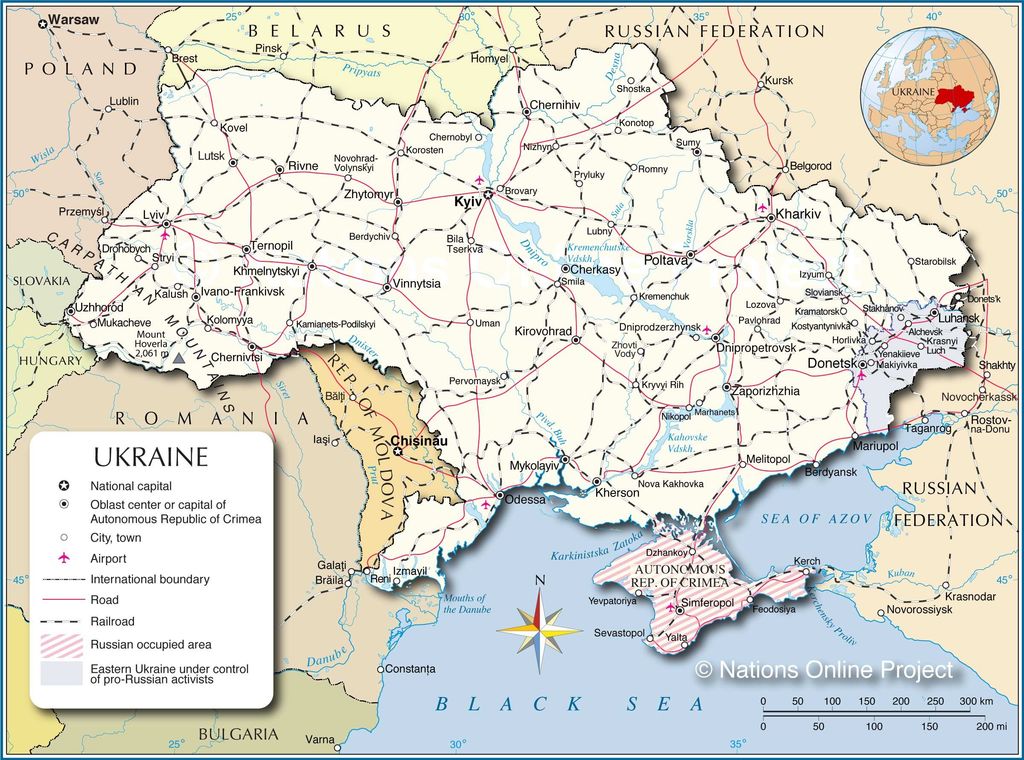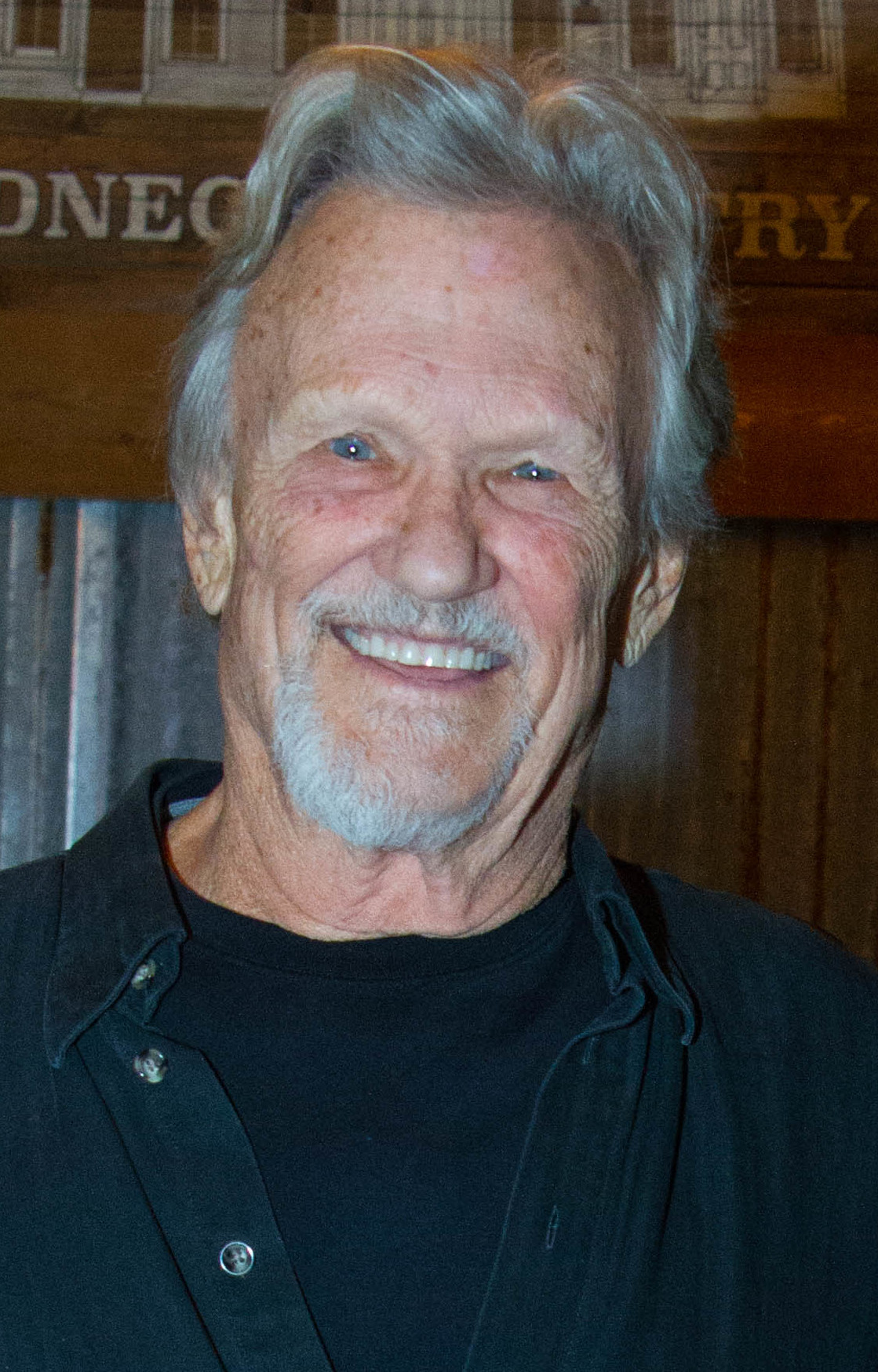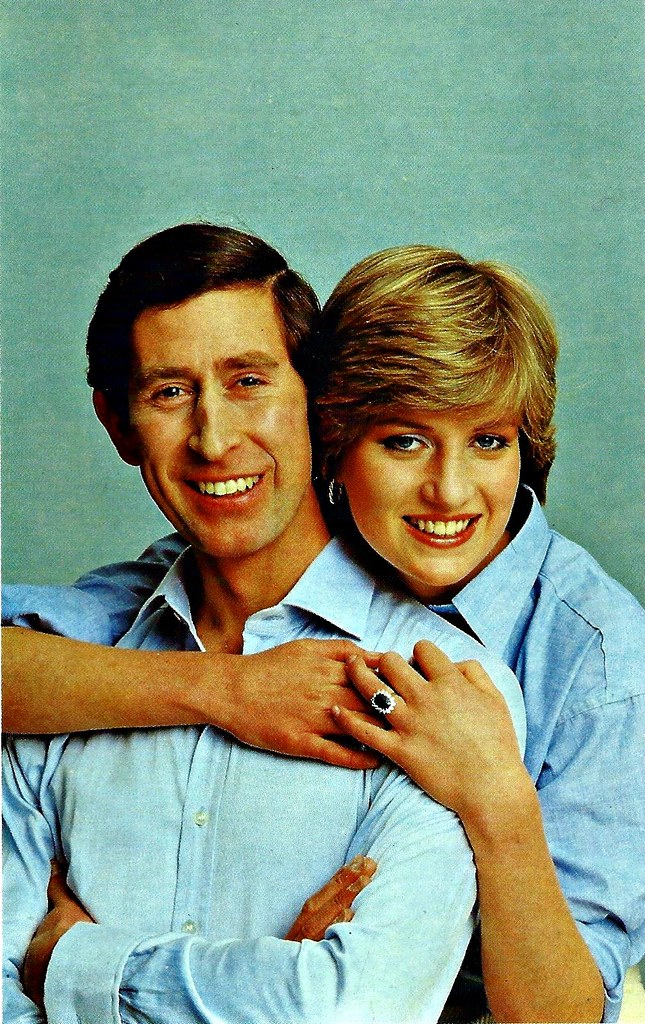
The love story of Princess Diana and Prince Charles captivated the entire world, a grand spectacle that seemed plucked from the pages of a fairy tale. Millions tuned in to witness their magnificent wedding, envisioning a future filled with regal romance and enduring happiness. Yet, beneath the dazzling tiaras and the pomp and circumstance, there were deep, fundamental fissures that began to appear almost immediately, foreshadowing a heartbreaking conclusion.
As we look back at their iconic, albeit ill-fated, union, it becomes clear that this was not merely a marriage that failed over time; it was, in many ways, an alliance that was marked for difficulty from its very inception. The pressures of royal duty, personal histories, and deeply incompatible personalities created a cocktail of challenges too potent to overcome. Join us as we explore the crucial elements that seemingly predetermined the tragic trajectory of Diana and Charles’s relationship.
In this first part of our in-depth look, we’ll uncover the foundational cracks, from deeply ingrained emotional wounds to significant personality clashes and the early signs of infidelity. These initial struggles laid the groundwork for the later, more public unraveling, painting a poignant picture of a relationship fighting a battle it was never truly equipped to win. Get ready to dive into the compelling details that shaped one of history’s most talked-about royal marriages.

1. **Diana’s Tumultuous Childhood and Deep-Seated Insecurity**Diana Spencer’s early years were far from the stable, loving environment one might expect for a future princess. Her childhood was tragically “marked by emotional instability,” a phrase that barely scratches the surface of the profound impact it had on her burgeoning personality. Her parents, John Spencer, 8th Earl Spencer, and Frances Shand Kydd, endured a “tumultuous marriage that ended in a bitter divorce when Diana was just seven years old.” This formative trauma left an indelible mark, shaping her emotional landscape in ways that would reverberate throughout her adult life.
The custody battle that ensued after her parents’ separation was particularly scarring, leaving Diana with “deepening feelings of abandonment and insecurity.” Reports indicate that her mother’s abrupt departure from the family home was a moment that “haunted young Diana for years,” creating an “emotional struggle she’d spent much of her life trying to reconcile.” Imagine the confusion and pain for a child caught in such a whirlwind of adult conflict, a feeling of instability that she herself reflected upon later.
In Andrew Morton’s revealing book, *Diana: Her True Story*, the Princess of Wales offered her own poignant reflection on this painful period. She recalled, “My parents were busy sorting themselves out. I remember my mother crying and Daddy never spoke to us about it. We could never ask questions. Too many nannies. The whole thing was very unstable.” This environment fostered a deep yearning for affection and stability, a craving that would ultimately clash tragically with the realities of her royal marriage.
Her upbringing created what the context calls an “unfulfilled search for love,” profoundly influencing “her approach to relationships.” By the time she married Prince Charles in 1981 at just 20, she was still grappling with those “feelings of inadequacy and self-doubt.” This hidden vulnerability made her desperately seek the emotional validation and affection she had been denied in her youth, setting her up for inevitable disappointment in a relationship that struggled to provide it. Her diary entries later confirmed this longing, where she penned, “I dreamt of a love that would sweep me off my feet, but the loneliness is suffocating.”
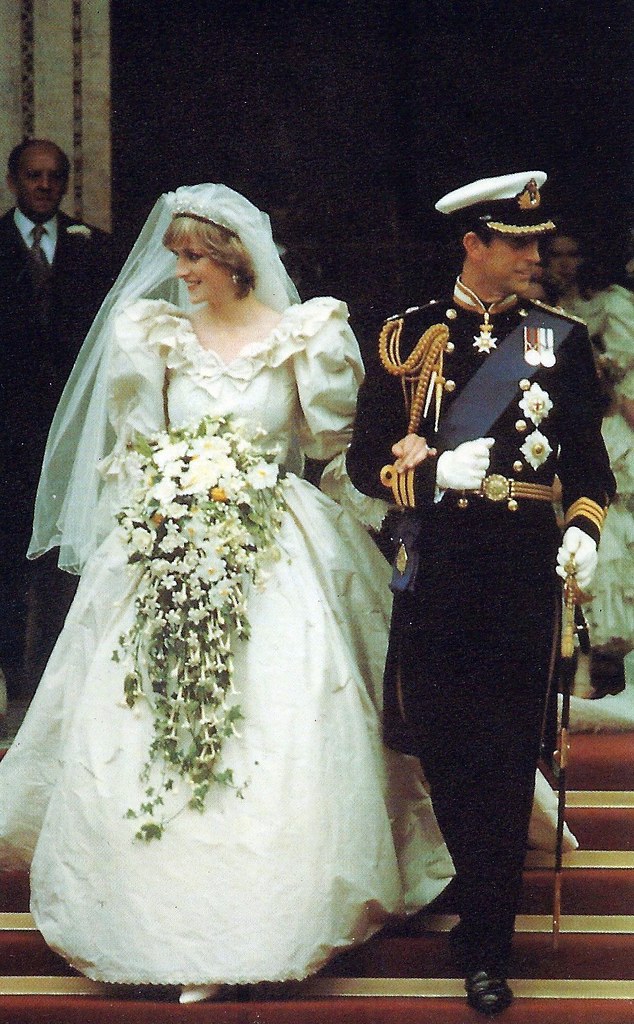
2. **Charles’s Pre-Existing Emotional Bond with Camilla**Long before Princess Diana ever entered the picture, Prince Charles shared a profound and enduring connection with Camilla Parker Bowles. This wasn’t a fleeting romance but a deep emotional bond that, as the context reveals, Charles “maintained… throughout their courtship and marriage.” The world was largely unaware of the extent of this attachment when Charles and Diana were preparing to wed, but its existence cast a long, unyielding shadow over their union from the very beginning.
Camilla was not deemed a “suitable match for Charles” in the eyes of the royal establishment, primarily because “she had a dating history (in other words, she wasn’t virginal) and she wasn’t aristocratic.” This societal constraint forced Charles to marry for duty rather than love, leading him to Diana. However, the emotional void created by this separation from Camilla was never truly filled, and his heart, to a significant extent, remained with his former lover.
Diana “already knew that Charles still had feelings for Camilla Parker-Bowles, a former lover” even as she walked down the aisle on her wedding day. This knowledge instilled a gnawing insecurity in the young bride, compounding her existing vulnerabilities. The presence of Camilla among the wedding attendees on what Diana later called “the worst day of my life” served as a stark, early confirmation of the unspoken third party in their impending marriage.
Royal biographer Penny Juror, known for her ties to Camilla, acknowledges Charles’s “inveterate giver of gifts” nature, but the context also points to a deeper significance. Charles himself admitted he “resumed his affair with Camilla in 1986,” stating it was because “relations with Diana had totally broken down.” While this specific admission came years later, the underlying emotional fidelity to Camilla was a constant, destabilizing factor, making any hope of a truly exclusive and loving marriage for Diana an uphill battle. This pre-existing bond ensured that Diana’s deep need for affection would clash with Charles’s “reserved demeanor,” creating an “emotional disconnect” that would only deepen.
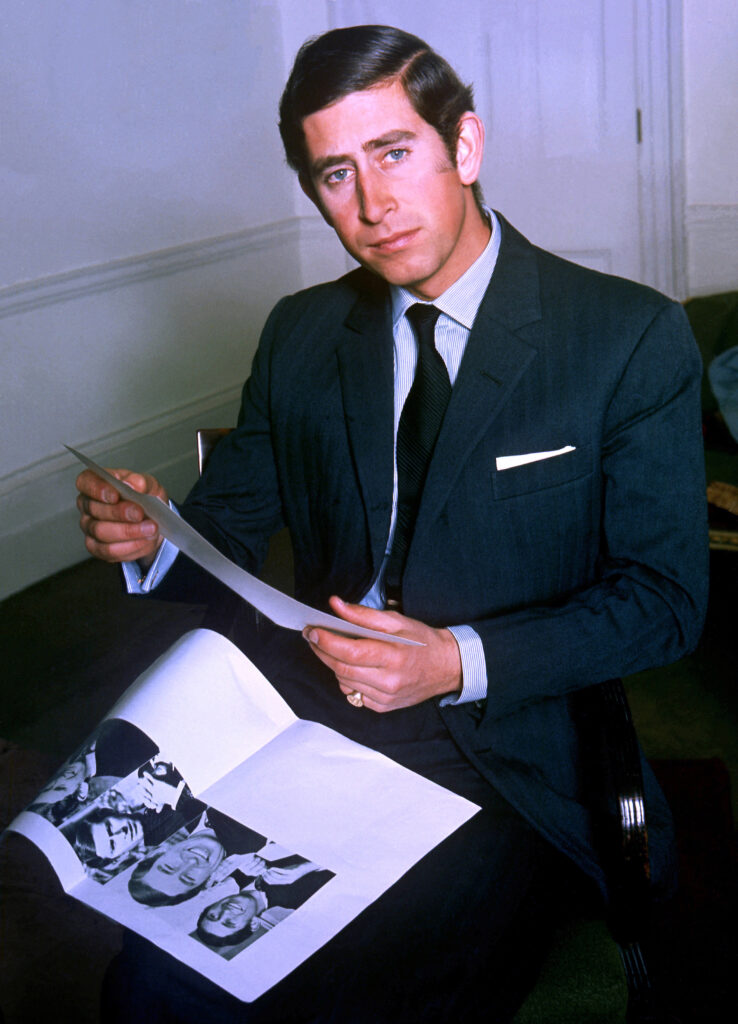
3. **Significant Age Gap and Contrasting Personalities**The union of Prince Charles and Lady Diana Spencer brought together two individuals with a significant twelve-year age difference and profoundly divergent personalities. Charles, at 32, was considerably older and more established in his ways, while Diana, a mere 20, was still navigating her personal identity and emotional needs. This age disparity alone created a natural imbalance, with Charles often appearing “emotionally distant” and “reserved,” contrasting sharply with Diana’s youthful “deep need for affection and validation.”
Royal historian Marlene Koenig highlights this fundamental incompatibility, stating, “Diana was far more mercurial in her personality than Charles.” She was vibrant, empathetic, and yearned for passionate connection, whereas Charles was often perceived as more intellectual, introspective, and bound by duty and tradition. This clash of temperaments meant that their expectations for a marriage, and for each other, were wildly out of sync from the outset. Diana’s diaries later captured her longing for genuine love, a desire that Charles seemed incapable or unwilling to fulfill.
Tony McMahon further observes that “It was very obvious to journalists that Diana’s enthusiasm and affection were often not matched by her more reserved husband.” From their earliest public outings, “something held Charles back from showing total loving commitment.” This emotional reticence on Charles’s part left Diana feeling isolated and adrift, a sensation exacerbated by the intense public scrutiny she faced. Her personal journals echoed this profound sense of loneliness, expressing, “I thought, you know, it was just grim. I just had tremendous hope in me, which was slashed by day two.”
This chasm in their personalities and emotional expression led to a pervasive sense of isolation for Diana. She felt “emotionally adrift” under the overwhelming pressure of her new role and the lack of reciprocal affection from her husband. The context details her poignant confession, “Charles said I was crying wolf, and I just felt so desperate and I was crying my eyes out,” after a desperate act, only for him to “leave to go horseback riding.” Such anecdotes vividly illustrate how their differing emotional languages contributed to the marriage’s rapid deterioration.
Read more about: Behind the Spotlight: 14 Stars We’ve Adored Who Committed Shameful Acts That Still Make Us Cringe
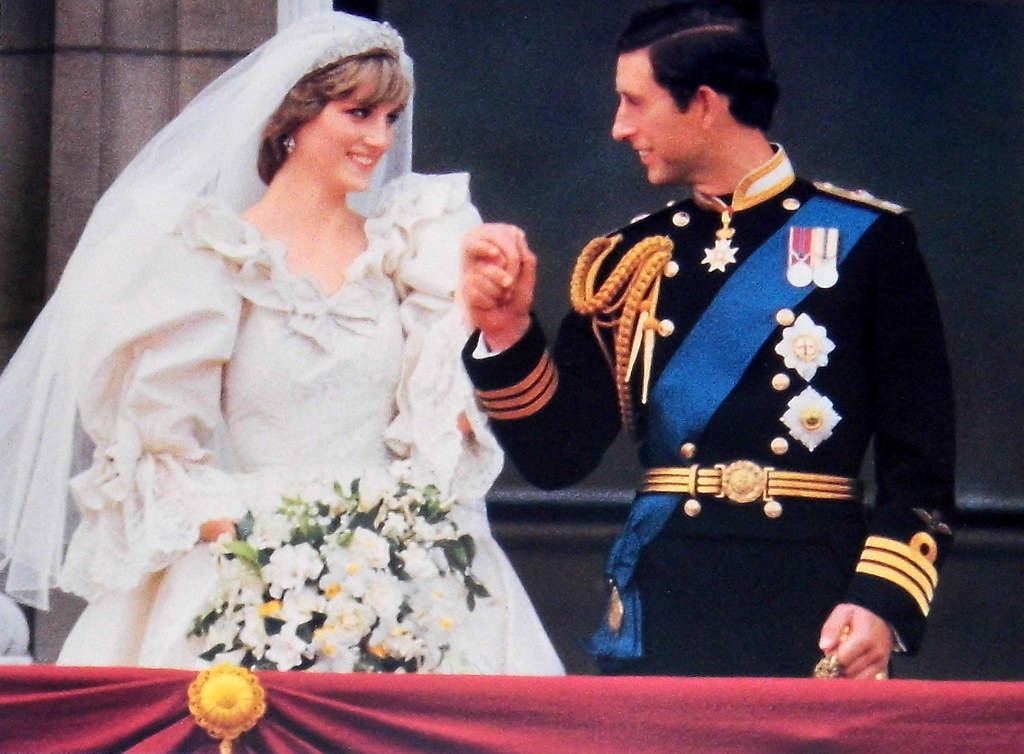
4. **The Lack of a Genuine Courtship and External Pressures to Marry**The romance between Prince Charles and Princess Diana, often depicted as a fairy tale, was fundamentally undermined by the almost non-existent “genuine courtship” that preceded their engagement. Royal historian Marlene Koenig aptly states, “Charles and Diana never truly dated, and this lack of courtship was a significant hindrance.” They met a mere “13 times” before their engagement was announced, a shockingly brief period to forge the deep understanding and emotional connection necessary for a lifelong partnership, especially one under such intense public scrutiny.
Their initial interactions were brief and almost accidental. They first crossed paths in November 1977 when Charles was visiting Diana’s older sister, Sarah, at the Spencer’s family estate. Diana humorously recounted, “We sort of met in a plowed field.” It wasn’t until July 1980, nearly three years later, that they reconnected, with Diana remarking that Charles “chatted me up” and “was all over me like a bad rash.” Despite this rapid, almost immediate physical attention, the emotional foundation was critically absent.
The pressure on Charles to marry was immense and unrelenting. As the heir to the throne, he was expected to secure the succession, and by 1980, he was “starting to look like a fun-loving bachelor,” as Tony McMahon noted. Diana was seen as the ideal candidate: she “had all the right DNA—daughter of an earl,” and her family was well-connected with the Queen Mother. This “Balmoral test,” where Diana received the royal family’s stamp of approval, sealed her fate, irrespective of a true romantic connection with Charles.
In essence, their marriage was “in a sense… an arranged marriage,” driven more by dynastic duty and public expectation than by mutual affection. Diana was only 19 when they got engaged, an age too young, as Koenig suggests, “for a young woman to prepare mentally and emotionally for a life-changing event: marriage to the heir to the throne.” This rushed, duty-bound path, devoid of true love’s discovery, meant that “the marriage was doomed from the start,” as another royal expert observed, pushing two unsuited individuals together under the glare of the world.
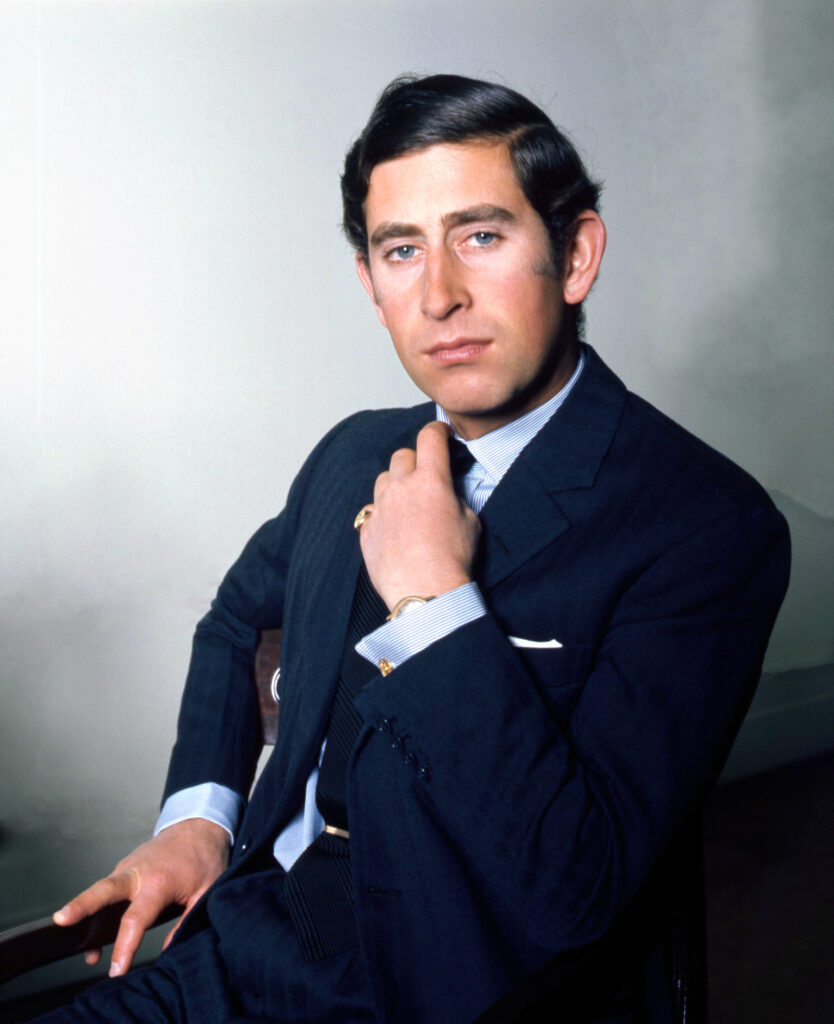
5. **The Infamous “Whatever ‘In Love’ Means” Engagement Interview**The televised engagement interview of Prince Charles and Lady Diana Spencer, intended to present a picture of blossoming royal love, instead delivered one of the earliest and most telling signs of their impending marital difficulties. When a newsman innocently asked the supposedly happy couple, “Are you in love?”, Diana, ever hopeful, responded with a cheerful, “Yes, of course, we are.” Her fiancé’s reply, however, sent a shiver down the spines of many and plunged Diana into immediate distress: Charles ominously added, “Whatever ‘in love’ means.”
This casual dismissal of the most fundamental aspect of a loving partnership instantly highlighted a profound disconnect between the two. Diana, in her Morton tapes, later confessed the devastating impact of that moment. “That threw me completely. What a strange answer. Absolutely traumatized me,” she revealed, adding, “It was isolating.” For a young woman already yearning for deep affection and validation, this public utterance from Charles served as a stark and painful indicator that their understanding of love was fundamentally different.
The comment wasn’t merely an awkward turn of phrase; it was, as Diana understood, a window into Charles’s true feelings and his pragmatic view of their union. She “was brought up in the sense that, you know, when you got engaged to someone, you love them,” she wrote in her diary. This fundamental difference in perspective, where Diana sought passionate romance and Charles viewed it as a matter of “duty and little to do with love and passion,” created an insurmountable barrier from day one.
The interview became a microcosm of their entire relationship, exposing Charles’s “typical royal reticence to express his feelings” and Diana’s desperate need for overt emotional commitment. It was a moment of public humiliation for Diana and a clear signal that the fairy tale was, in fact, an illusion, revealing the “slight awkwardness between them” that was present “right from the start,” as McMahon pointed out. This single, seemingly innocuous phrase, “Whatever ‘in love’ means,” became an ominous prophecy for the heartbreaking journey that lay ahead.

6. **Diana’s Devastation Over Camilla’s Engraved Bracelet**Just days before her wedding to Prince Charles, Princess Diana stumbled upon a devastating piece of evidence that confirmed her deepest fears about Charles’s lingering affections for Camilla Parker Bowles. Amongst her fiancé’s belongings, she discovered a “very sweet present” – a personalized engraved bracelet. The inscription featured the initials G and F, widely believed to be a nod to the intimate nicknames Charles and Camilla used for one another: Gladys and Fred. This discovery delivered a profound blow to Diana’s already fragile hopes.
The private secretary in Charles’s office tried to deflect her curiosity, saying, “Oh, you shouldn’t look at that.” But the damage was done. Diana’s internal world erupted into “rage, rage, rage,” as she recounted to Andrew Morton. She confronted Charles, asking, “Why can’t you be honest with me?” His response was chillingly dismissive; he “absolutely cut me dead.” For Diana, this incident was not just about a gift; it was about Charles’s emotional allegiance. “It was as if he’d made his decision, and if it wasn’t going to work, it wasn’t going to work,” she explained, signaling to her that “Charles had one foot out the door of their relationship at all times.”
This pre-wedding betrayal instilled a deep sense of despair and confirmed Diana’s gnawing suspicion that she would always be the third party in her own marriage. She expressed, “I was devastated,” recognizing that the man she was about to marry was already emotionally committed to another woman. The context even notes that “some reports claim that Camilla still wears it sometimes to this day,” underscoring the enduring significance of the item and its place in the couple’s tragic history.
The discovery of the bracelet, coming so close to their wedding day, made it abundantly clear to Diana that the “fairy-tale romance turned nightmare” had already begun. It exposed the stark reality that Charles’s heart was not fully hers, shattering the illusion of an exclusive, loving union before it had even formally begun. This early, concrete proof of his infidelity and emotional detachment was a critical moment that “made it clear that their marriage had been a doomed one,” setting a precedent for the betrayals that would define their years together.
As their marriage progressed, the initial cracks that had surfaced before and during their early days only deepened, giving way to a series of escalating personal struggles, public scandals, and heartbreaking confessions. These definitive moments peeled back the fairy-tale facade, revealing the raw, painful realities that ultimately sealed the fate of Charles and Diana’s fractured relationship. The pressures mounted, the betrayals became undeniable, and the personal toll on both was immense, leading to a public unraveling that captivated and shocked the world.

7. **Diana’s Struggle with Bulimia and Mental Health**Beneath the glittering surface of royal life, Diana was waging a private and agonizing war with bulimia, a struggle that emerged as a desperate cry for help within her failing marriage. The context reveals that her eating disorder “was a symptom of what was going on in my marriage,” a poignant confession that highlighted her profound distress. In an environment where she often felt powerless and isolated, her bulimia became a tragically misguided attempt to regain some semblance of control.
Her deep need for affection and validation, rooted in her emotionally unstable childhood, was constantly thwarted by Charles’s “reserved demeanor” and emotional distance. While Charles undoubtedly cared for Diana, he seemed “unable to offer the emotional support she desperately needed during this critical time.” This emotional disconnect only exacerbated her feelings of inadequacy and loneliness, pushing her further into the depths of her suffering.
The diaries reveal the extent of her despair, where she wrote, “I dreamt of a love that would sweep me off my feet, but the loneliness is suffocating.” Her pain was so severe that she resorted to desperate acts, including throwing herself down a flight of stairs, only for Charles to dismiss it, saying she was “crying wolf” before leaving to go horseback riding. She also admitted, chillingly, “I was trying to cut my wrists with razor blades,” a stark illustration of her profound mental anguish.
The birth of her sons, William and Harry, provided a lifeline and a reason to persevere. Diana gushed about them in her diaries, declaring, “I live for my sons. I’d be lost without them. They are the light of my life.” Yet, her ongoing battle with mental health and the bulimia she described as “crying out for help” remained a tragic, unspoken testament to the profound personal cost of a marriage devoid of true emotional connection.
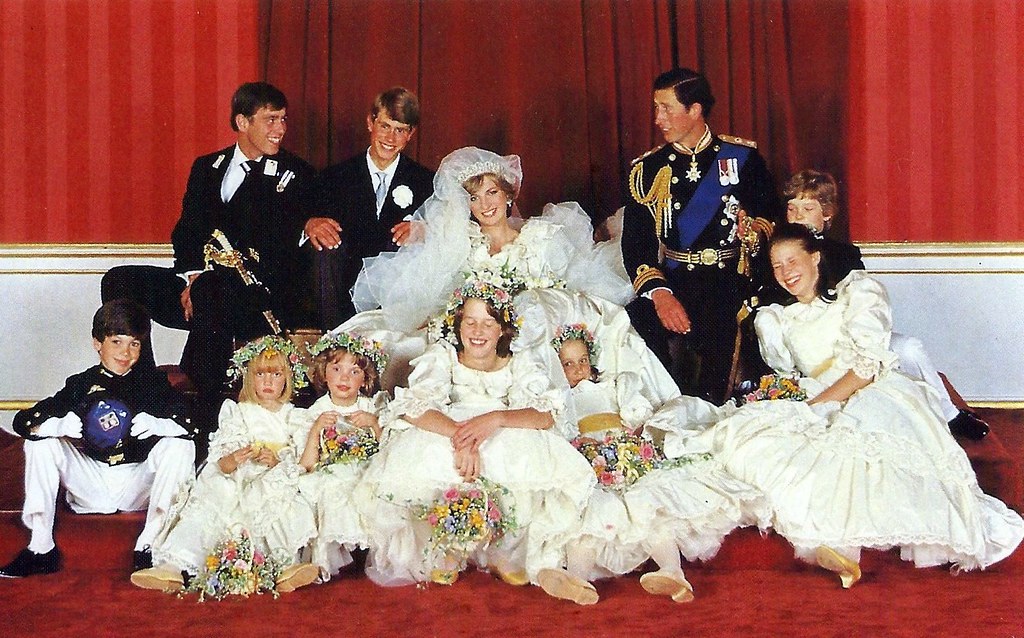
8. **King Charles’s Callous Reaction to Prince William’s Childhood Injury**A particularly revealing incident that highlighted King Charles’s priorities and his perceived emotional detachment occurred in 1991 when a young Prince William suffered a frightening head injury. Playing with a friend, the 8-year-old royal accidentally sustained a “depressed fracture of the skull,” necessitating immediate surgery. The prospect of such a serious operation for an elementary school-aged child would understandably terrify any parent, yet Charles’s reaction was disturbingly nonchalant.
While both Diana and Charles were initially present at the hospital, Charles soon departed to attend an opera, demonstrating a perplexing disregard for his son’s critical condition. According to Andrew Morton’s biography, this behavior was “nothing out of the ordinary” for Charles in Diana’s eyes, suggesting a consistent pattern of prioritizing royal obligations over family needs. This callousness did not end with the opera, as Charles then traveled to North Yorkshire for another event, leaving his son recovering from a 75-minute surgery.
Thankfully, Charles’s actions did not go unnoticed, and the press quickly caught wind of his departure. *The Sun* famously ran a story with the damning headline, “What kind of dad are you?”, exposing his behavior to public scrutiny and outrage. This incident sharply contrasted with Diana’s own unwavering dedication to her children, as she poured her love and affection into them, determined to avoid the emotional instability she experienced in her own youth.
For Diana, this incident was not merely an isolated act; it was a definitive moment that solidified her belief that Charles was neither supportive nor did he put his children first. It underscored the profound difference in their parenting styles and emotional priorities, further eroding her trust and reaffirming her sense of isolation within the marriage. It was yet another painful reminder that the emotional connection she desperately craved from her husband was simply not there, even in moments of family crisis.

9. **Diana Confronts Camilla at a Party**By 1989, Diana had endured years of gnawing suspicion and the agonizing reality of her husband’s persistent emotional bond with Camilla. Her patience, and her spirit, had reached a breaking point. At a birthday party where both she and Camilla were present, Diana seized the opportunity to directly confront her husband’s mistress, a moment that encapsulated the raw tension and heartbreak of their enduring love triangle.
Gathering her courage, Diana approached Camilla and declared, “I know what’s going on between you and Charles and I just want you to know that.” Camilla’s initial response, “Oh, it’s not a cloak and dagger situation,” attempted to deflect, but Diana was resolute. She stood her ground, asserting, “I think it is.” Though she admitted to Andrew Morton that she wasn’t as strong as she’d have liked, she bravely initiated the conversation that had long been unspoken.
Camilla, in turn, delivered a cutting retort that revealed a stark lack of empathy: “You’ve got everything you ever wanted. You’ve got all the men in the world to fall in love with you and you’ve got two beautiful children, what more do you want?” Diana’s powerful, defiant response laid bare her true pain and longing: “I didn’t believe her, so I said, ‘I want my husband… I’m sorry I’m in the way, and it must be hell for both of you. But I do know what’s going on. Don’t treat me like an idiot.'”
This dramatic confrontation was a pivotal moment in the escalating betrayals of their marriage. It was Diana’s direct assertion of her truth, a refusal to be silently humiliated any longer. While it may not have changed the outcome, it was a profound act of personal strength that showcased her refusal to be ignored, even in the face of such profound emotional pain and the undeniable reality of Charles’s enduring infidelity.
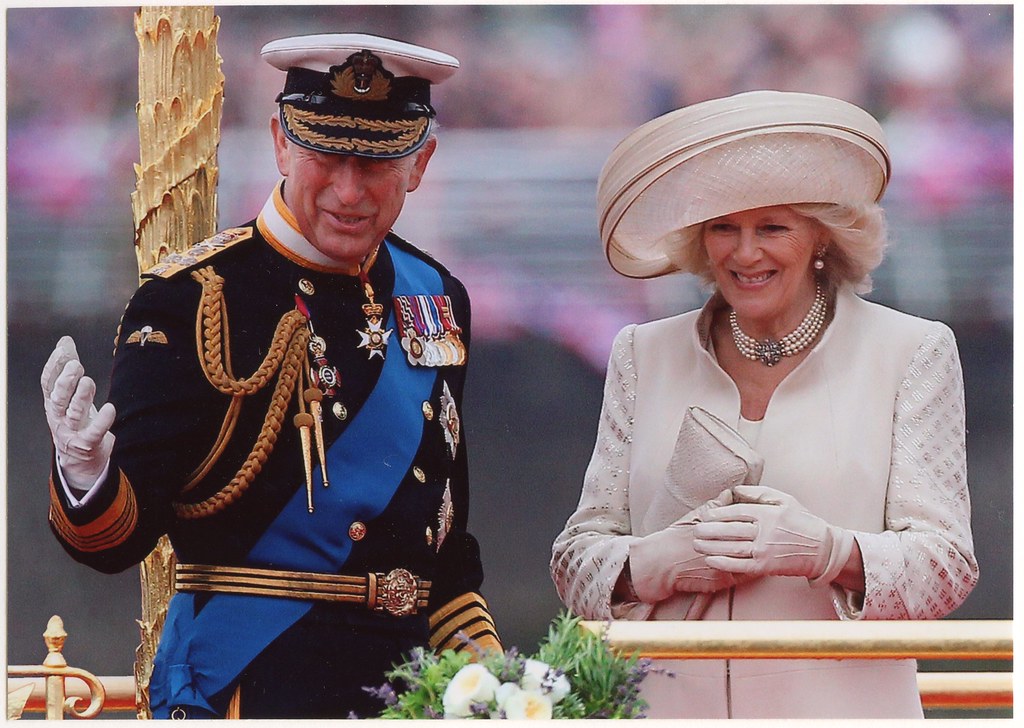
10. **The “Tampongate” Scandal and Public Humiliation**In a stunning public scandal that confirmed the depth of Charles’s illicit affair, a secretly recorded intimate phone conversation between Prince Charles and Camilla Parker Bowles from 1989 was leaked to the press in January 1993, sending shockwaves through the monarchy and public alike. This incident, infamously dubbed “Tampongate” or “Camillagate,” revealed the profoundly personal and explicit nature of their bond, leaving no doubt about where Charles’s true affections lay.
During the deeply compromising call, Charles was heard expressing a startling desire to “live inside her trousers,” humorously suggesting he could be a tampon. This intimate revelation, broadcast for the world to hear, was not merely embarrassing; it was a profound public humiliation for Princess Diana and a definitive confirmation of the extent of her husband’s betrayal. The details of the conversation cemented the public’s understanding that Charles’s heart had always been, and continued to be, with Camilla.
The scandal was a major blow to the carefully constructed image of the royal family, exposing the raw, unvarnished truth behind the fairy tale. For many, it unequivocally confirmed that Charles’s emotional allegiance remained with Camilla, rendering any hope of genuine reconciliation with Diana an impossible fantasy. This public airing of their private indiscretions irrevocably altered public perception of the Prince of Wales, casting him as the unfaithful husband.
While the scandal publicly shamed Charles, it inflicted a fresh wound of humiliation on Diana, even though it validated her long-held suspicions. It further solidified her image as the wronged wife, caught in a marriage where she was always the unwelcome third party. The “Tampongate” incident served as undeniable proof that the emotional gulf between Charles and Diana was not just wide, but filled with a scandalous public love affair that ultimately doomed any chance of their union enduring.
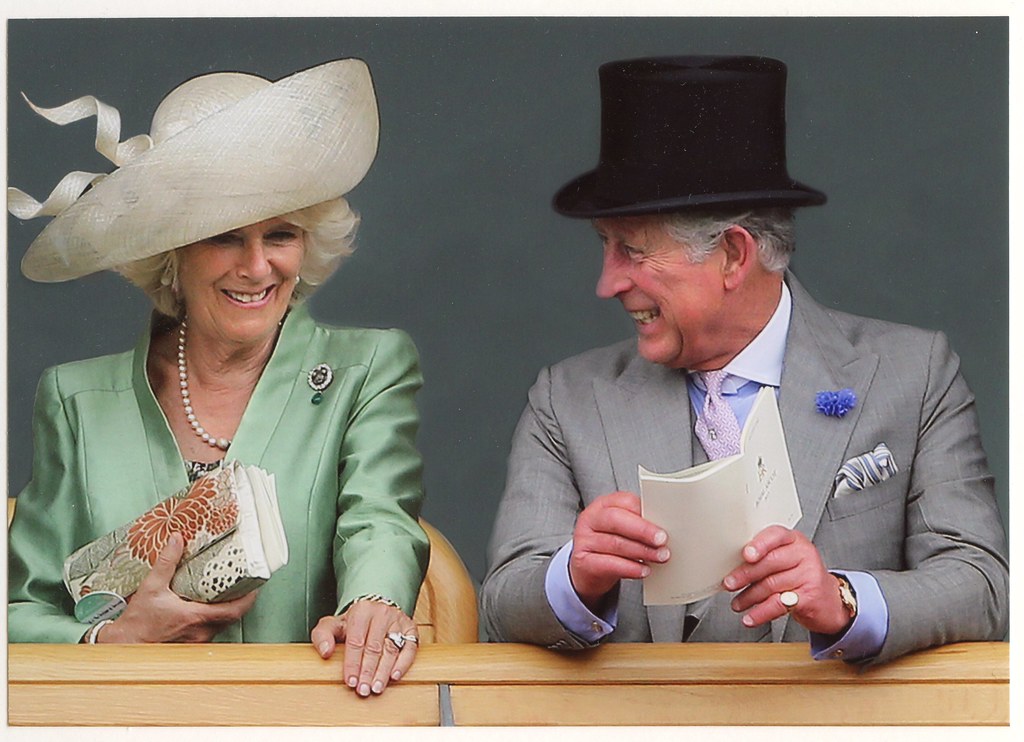
11. **The Explosive Publication of Andrew Morton’s Biography**The summer of 1992 brought an unprecedented rupture in the carefully curated image of the British monarchy with the publication of Andrew Morton’s tell-all book, *Diana: Her True Story*. While rumors of profound trouble in the Prince and Princess of Wales’s marriage had been swirling for years, Morton’s book provided a shocking, detailed confirmation, turning whispers into undeniable truths and shaking the foundations of the royal institution.
The biography painted a devastating picture of Diana’s suffering within the marriage, candidly detailing her struggles with bulimia, her profound mental health battles, and the relentless emotional toll of Charles’s undeniable infidelity with Camilla. It was her voice, her pain, and her truth finally being brought to light, challenging the official royal narrative and garnering immense public sympathy for the princess.
The book’s immediate and explosive impact was immense, forcing the royal family to confront the undeniable breakdown of the marriage. Just months after its publication, in December 1992, Queen Elizabeth famously declared that year her “annus horribilis,” and the official announcement of Charles and Diana’s separation followed, cementing the book’s place as a pivotal moment in the demise of their union. It marked Diana’s powerful move to assert her own truth and dismantle the fairy-tale illusion for good.

12. **Diana’s Bombshell Panorama Interview and the “Revenge Dress”**In what remains one of the most seismic events in modern royal history, Princess Diana sat down for a bombshell interview with Martin Bashir for the BBC’s Panorama program in November 1995. This extraordinary television appearance, conducted three years after her official separation from Charles, was Diana’s ultimate opportunity to tell her side of the story directly to the world, pulling back the curtain on the deeply troubled royal marriage.
During the interview, Diana uttered the now-infamous words that encapsulated the core issue of her marital breakdown: “Well, there were three of us in this marriage, so it was a bit crowded.” She spoke candidly about her eating disorder, her mental health struggles, and how her bulimia was “a symptom of what was going on in my marriage. I was crying out for help.” The interview was also shrewdly designed to question Charles’s suitability to be king, fundamentally challenging the public’s perception of the heir to the throne.
This public confession from Diana came after Charles himself had admitted his infidelity in an interview the previous year, setting the stage for what became known as the “War of the Waleses”—a bitter public relations battle between the estranged couple. On the very night Charles’s interview aired, Diana made a powerful, unspoken statement of her own. She attended an event wearing a daring, off-the-shoulder black dress that defied royal protocol, instantly dubbed her iconic “revenge dress.”
The Panorama interview cemented Diana’s image as a strong, resilient woman who refused to be silenced, even as it caused a major scandal within the royal family. It was a definitive moment that left no room for doubt about the irretrievable breakdown of their union and was widely seen as the final nail in the coffin for their marriage. Just weeks later, Charles and Diana’s divorce was announced, finalized in August 1996, marking the dramatic, tumultuous end to a royal fairy tale that was, in truth, doomed from the start.
The journey through Princess Diana and King Charles’s marriage reveals a tapestry woven with profound personal struggles, public scrutiny, and the relentless pressures of duty versus desire. From Diana’s early insecurities and Charles’s enduring love for Camilla, to the scandalous confessions and dramatic public confrontations, every step was a poignant reminder of a union that fought an uphill battle it was never truly equipped to win. Yet, from the ashes of this fractured relationship emerged Diana’s unwavering dedication to her sons, William and Harry, who became her ultimate legacy and the enduring light she desperately sought to nurture. Her story remains a powerful testament to the human spirit’s search for love, connection, and authenticity, even within the confines of extraordinary circumstances.


